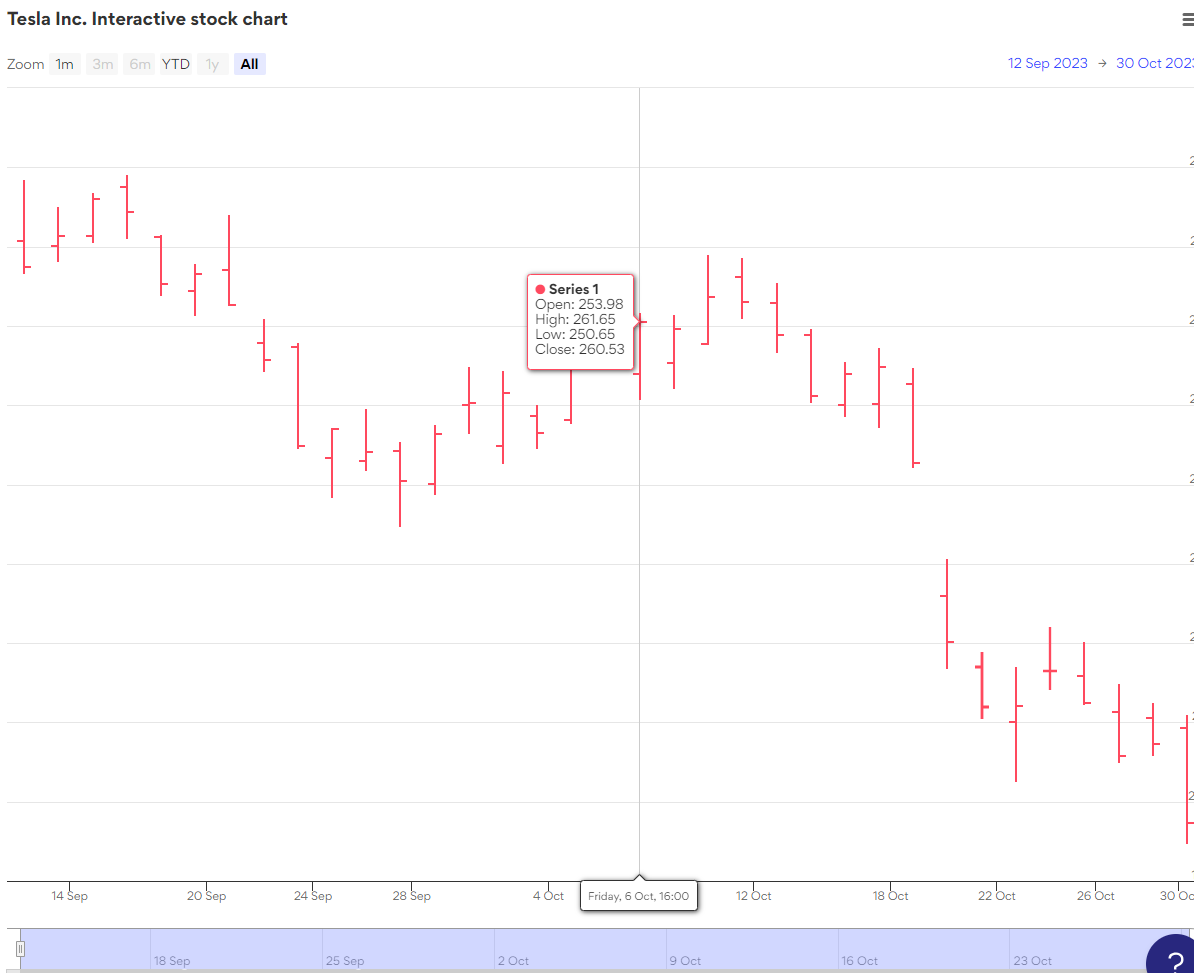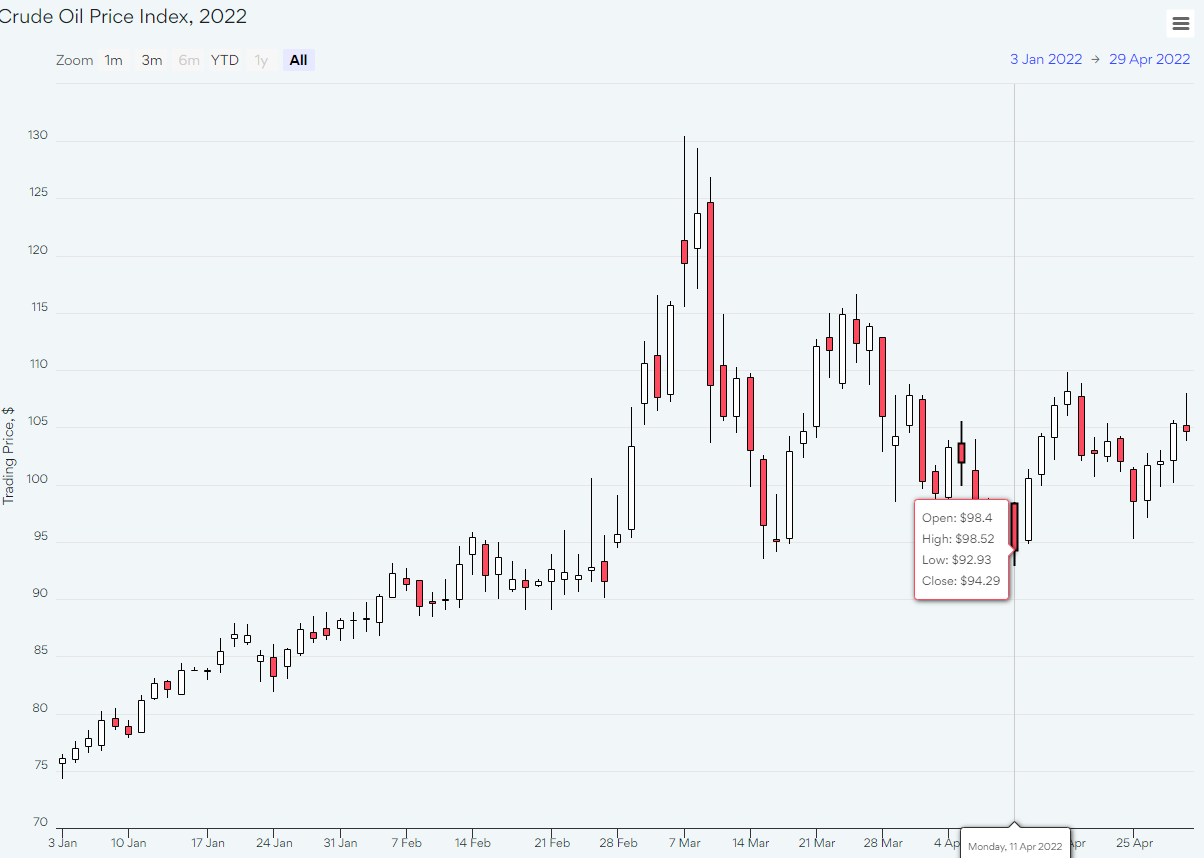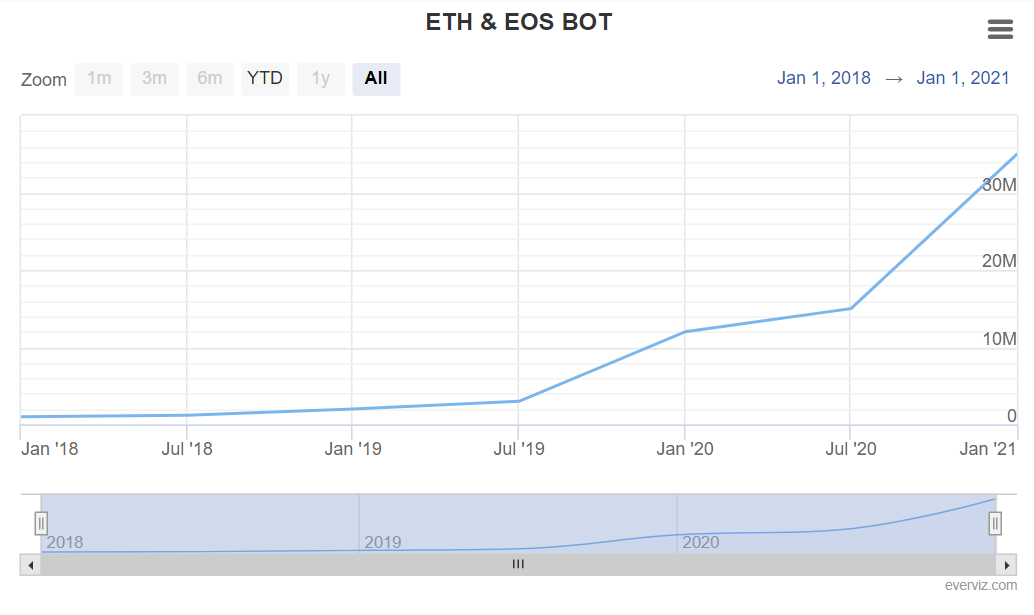The market-capitalization – weighted index of the 500 largest publicly traded U.S. companies is the S&P 500 or Standard & Poor’s 500 Index.
The index is generally considered the best gauge of U.S. large-cap equities. The Dow Jones Industrial Average or Dow 30 and the Russell 2000 Index are some popular U.S. stock market indices, reflecting the small-cap index.
As news sources and financial analysts talk about what’s going on in the “stock market,” they usually refer to the S&P 500.
Indexes like the S&P 500 track a community of shares’ rates. They are intended to reflect the output of a specific sector , industry or segment of the economy, or even of entire national economies.
Indexes are available that track almost every asset class and business sector, from the U.S. corporate bond market to palladium futures contracts.
The S&P 500 monitors the prices of large-cap U.S. stocks, or stocks of companies with more than $10 billion worth of total outstanding shares. You can quickly see if the biggest U.S. stocks are gaining or losing value by watching the S&P 500.
The 500 largest U.S. public corporations are described in the S&P 500 by market capitalization. Companies that are listed in the S&P 500 are called constituents, and every major sector is selected to serve them.
The S&P 500 is weighted by market capitalization, such that the share of each constituent in the total index is based on the total market value of all the outstanding shares of each constituent.
There is a higher percentage weighting in the index for members with larger market caps, whereas smaller market caps have lower weightings.
Below S&P 500 Index visualized using stock chart template. Added custom branding using themes, fonts and colours.


